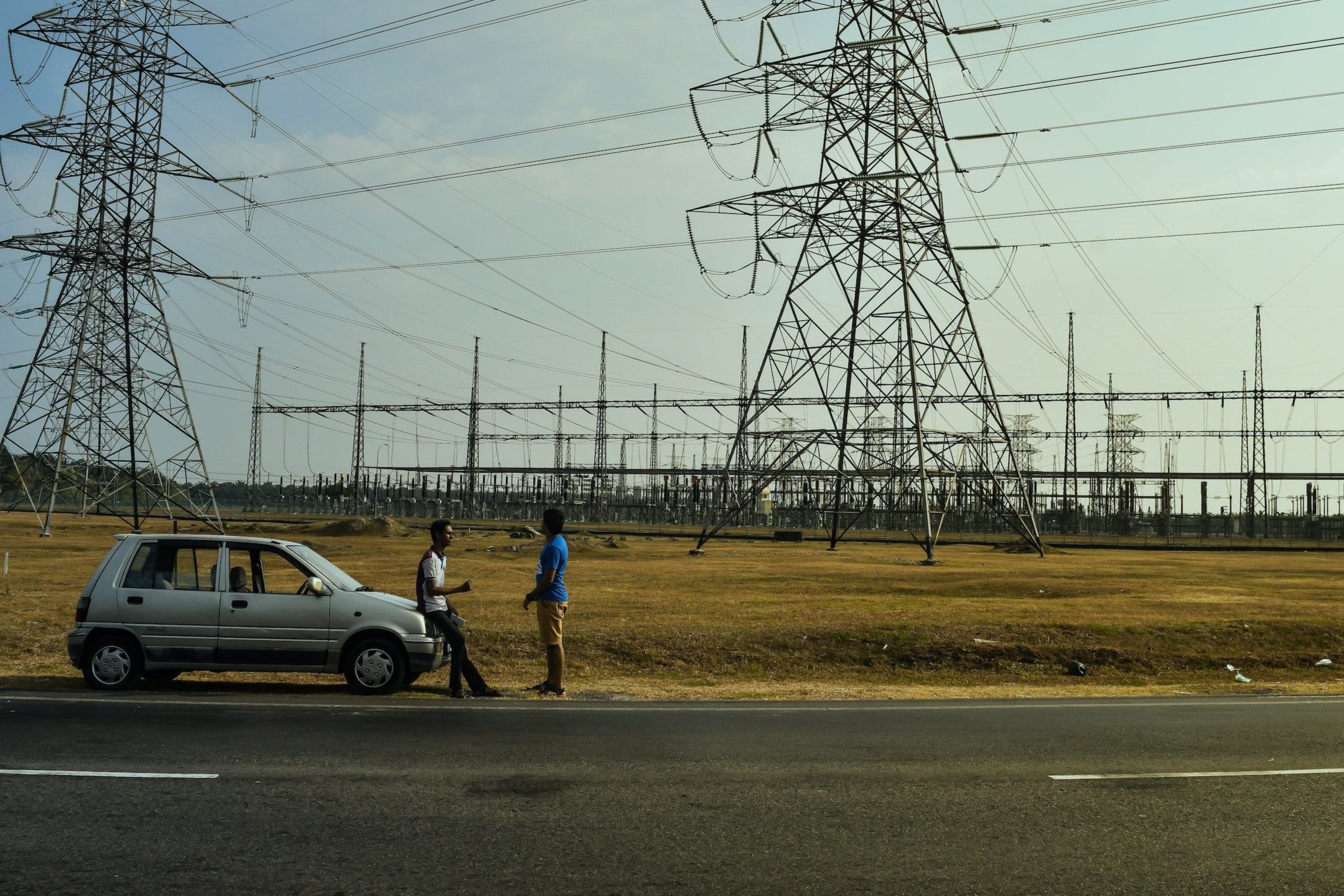Wireless Inductive Charging for Electric Vehicle | QKOIL | Consumer EV Application
The Technology Behind QKOIL
Hands-Free, Intelligent Wireless Charging for All Electric Mobility
At QKOIL, we’re reimagining what wireless charging can be — not just for electric cars, but for the entire ecosystem of electric mobility. That includes autonomous vehicles, commercial EV fleets, warehouse robots, logistics AMRs, electric golf carts, and more. Whether it's moving people or packages, QKOIL delivers seamless, above-the-vehicle power for machines that move.
Inductive Charging for Electric and Autonomous Mobility
QKOIL is built on the proven science of electromagnetic induction — the ability to transmit electrical power through the air using a magnetic field. Traditional wireless EV charging systems typically place a transmitter pad on the garage floor or beneath the vehicle, requiring tight coil alignment and fixed infrastructure. These systems are static and often limited in their applications.
By contrast, QKOIL’s design is modular, elevated, and adaptive, offering more flexibility for a wider range of electric and autonomous platforms. Our inductive system uses a gantry-supported transmitter that wirelessly charges any compatible vehicle or robot beneath it — no plugs, no downtime, no human handling. Whether it's a delivery EV, a logistics robot in a warehouse, or an autonomous shuttle, QKOIL provides hands-free power that keeps everything moving.
The QKOIL Advantage: Intelligent Magnetic Coupling
A core challenge in any wireless charging system is magnetic coupling — the transfer of energy between the transmitter and receiver coils. Conventional floor-based systems suffer from misalignment and variable air gaps, which reduce charging efficiency.
QKOIL solves this with adaptive magnetic coupling. Using real-time feedback from the vehicle’s Battery Management System (BMS), QKOIL can dynamically adjusts the coil distance and power transfer for optimal performance. The receiver coil doesn’t have to be mounted on the underside of the vehicle — it can be placed on the roof, front trunk (frunk), or any optimized surface, especially useful for non-traditional vehicle formats like autonomous robots and agricultural machinery.
This intelligent approach ensures reliable, fast charging with maximum efficiency, across all classes of electric and autonomous platforms.
Fleets, Logistics, and Autonomy
QKOIL was built with scale in mind. For fleet operators, QKOIL offers the ability to share power between vehicles, balancing charging loads and improving overall uptime. During grid interruptions, autonomous vehicles and logistics robots can continue running by redistributing stored energy within the fleet — improving resilience and cutting downtime.
For warehouse and logistics applications, QKOIL seamlessly integrates with the movement patterns of AMRs and AGVs. Charging can happen during natural pauses or while vehicles wait between tasks, keeping operations fluid and avoiding congestion at fixed charging stations.
The Future Is Wireless, Autonomous, and Intelligent
With QKOIL, wireless charging isn’t just about convenience — it’s about unlocking new value from every electric machine. From autonomous delivery vehicles to warehouse robots, from EV fleets to smart tractors, QKOIL empowers a new generation of mobility with intelligent, wireless, and bidirectional energy flow.
This is more than a charging system.
This is the future of mobility power.
QKOIL Overhead Charging for EVs including autonomous vehicles, logistics and warehouse robots and autonomous fleets.
Visit our FAQs page for more information



